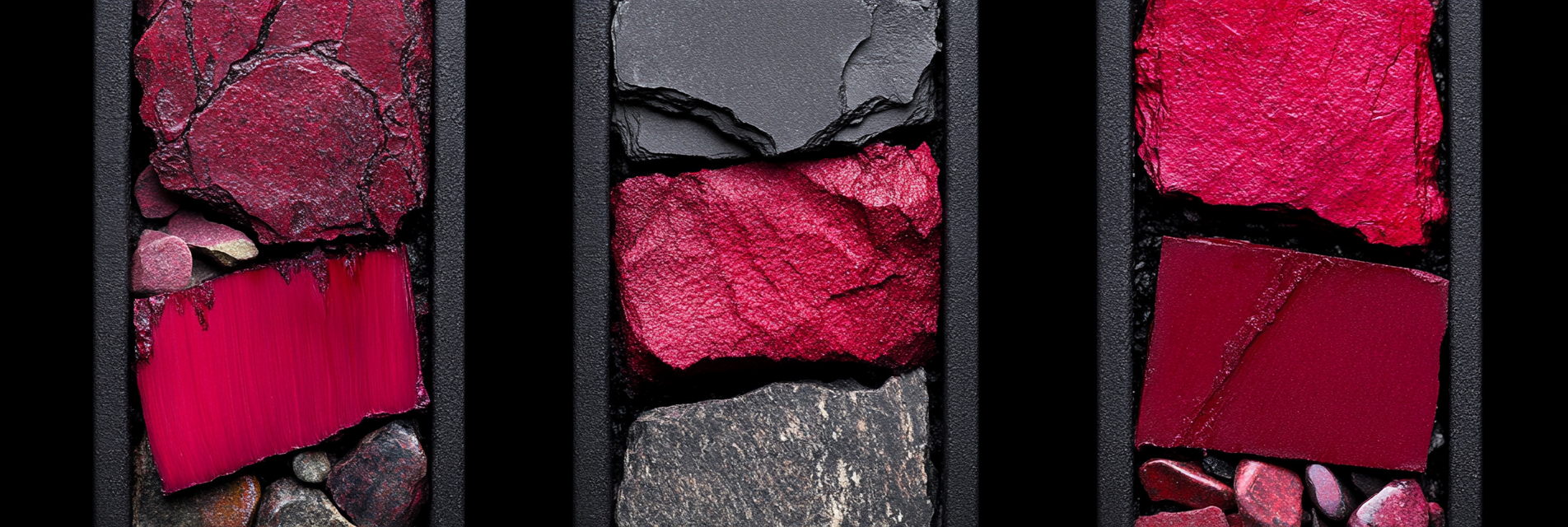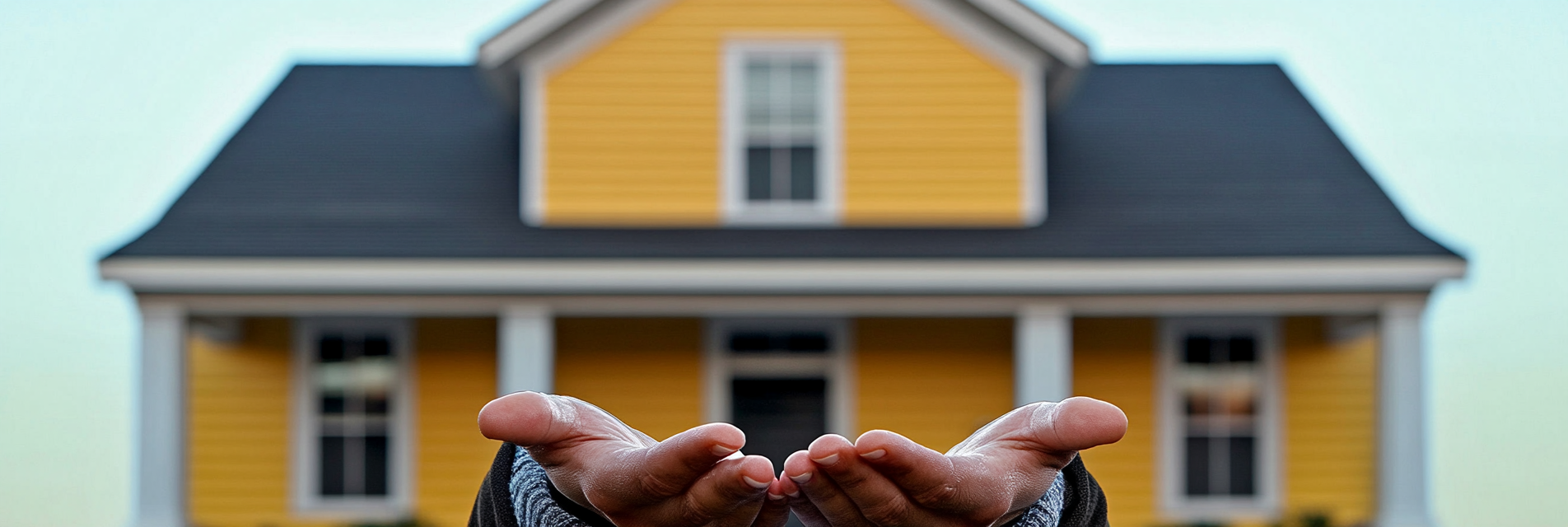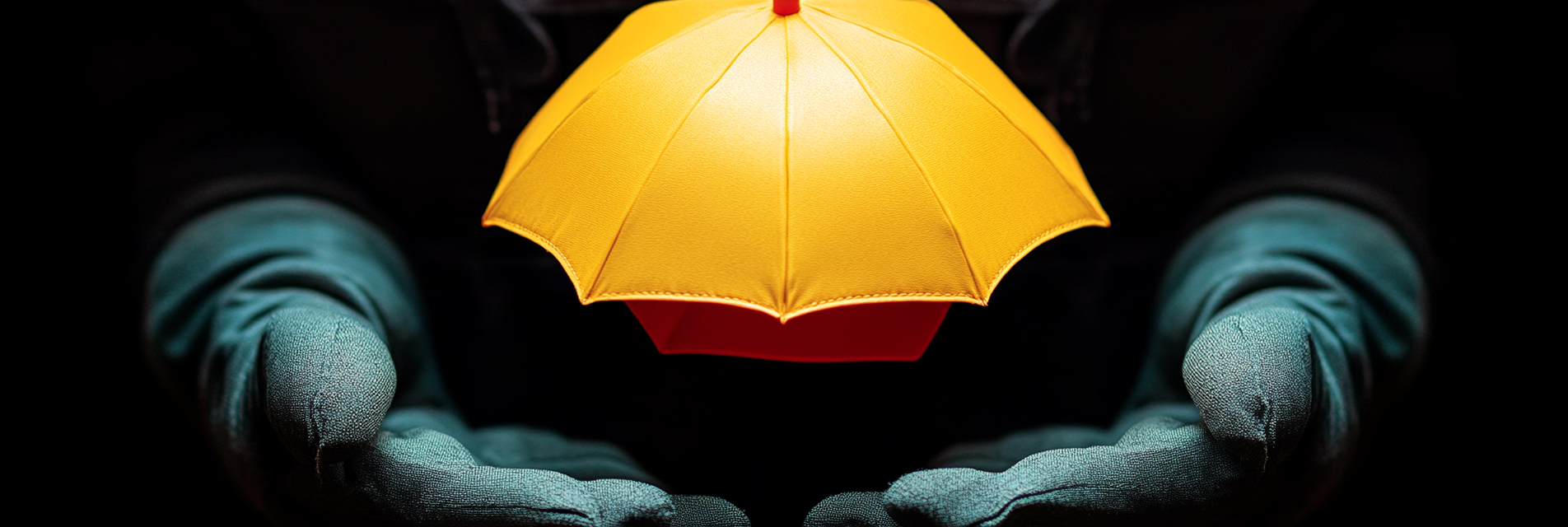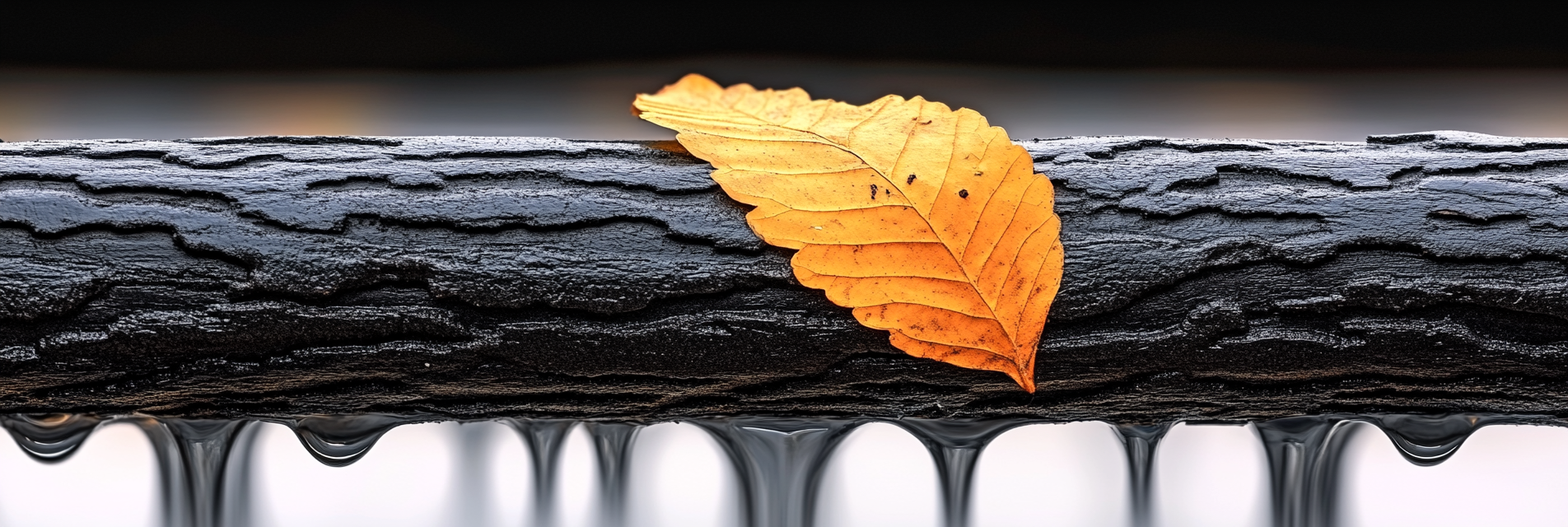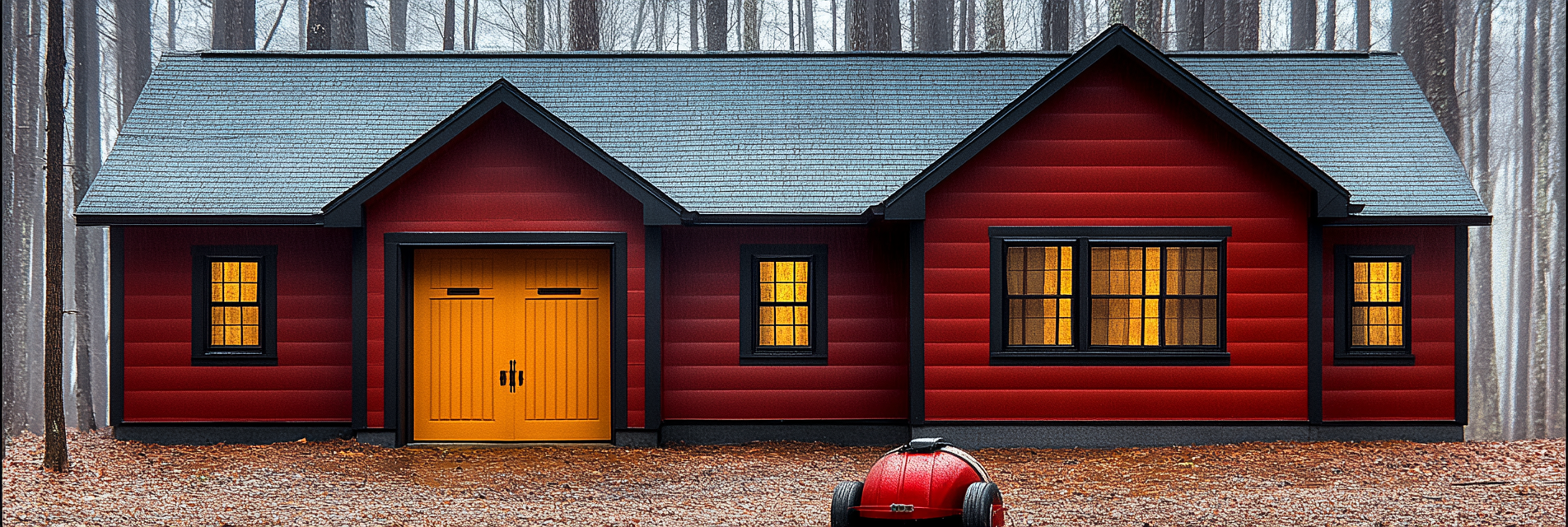When planning or upgrading your home, safety should be as important as comfort and aesthetics. One of the most effective ways to safeguard your home against fire is by choosing fire-resistant building materials. These materials can slow down the spread of fire, giving occupants more time to escape and minimizing property damage. This article explores various fire-resistant materials you can incorporate into your home to enhance safety and protection.
1. Fire-Resistant Roofing Materials
The roof is one of the most vulnerable parts of a house during a fire. Choosing the right roofing material can greatly affect the spread of fire.
- Metal Roofing: Metal is non-combustible and highly fire-resistant. Materials like aluminum, steel, and copper offer Class A fire ratings, the highest level of fire resistance. They also have the added benefit of being durable and low-maintenance.
- Clay and Concrete Tiles: These tiles are also Class A rated and provide excellent protection due to their non-combustible nature. Clay and concrete tiles have a long lifespan and add a classic look to homes.
- Asphalt Shingles with Fiberglass Core: Not all asphalt shingles are created equal. Shingles with a fiberglass core are rated Class A and are more fire-resistant compared to organic-based asphalt shingles.
2. Fire-Resistant Siding
Choosing the right siding material is crucial for exterior protection.
- Fiber Cement Siding: Made from a mixture of cement, sand, and cellulose fibers, fiber cement siding is non-combustible and can withstand high temperatures without igniting. Brands like James Hardie HardiePlank® offer both durability and an attractive appearance.
- Stucco: Traditional stucco is a great option for fire resistance due to its thick, fire-retardant nature. It can be applied in multiple layers for enhanced protection.
- Brick and Stone Veneer: While not entirely fireproof, brick and stone provide a significant barrier against fire. These materials do not burn and can slow down the spread of flames.
3. Fire-Resistant Insulation
Insulation can play a critical role in the spread of fire within the home’s interior.
- Mineral Wool (Rockwool): Mineral wool is made from volcanic rock or slag, making it inherently fire-resistant. It can withstand temperatures over 1,000 degrees Celsius (1,800 degrees Fahrenheit). This type of insulation not only resists fire but also provides excellent soundproofing and thermal insulation.
- Fiberglass Insulation: Fiberglass is another fire-resistant option that slows the spread of flames. It is made from fine glass fibers and does not burn easily.
4. Fire-Resistant Drywall
Interior walls and ceilings should be constructed with materials that help contain fire.
- Type X Drywall: This type of drywall contains glass fibers and other non-combustible materials, giving it a fire-resistant rating of up to one hour. It’s an ideal option for walls, ceilings, and areas surrounding stoves or fireplaces.
- Type C Drywall: Even more resistant than Type X, Type C drywall provides additional layers of protection due to its extra glass fibers and additives.
5. Fire-Rated Doors and Windows
Entry points like doors and windows can be weak spots in a home’s fire resistance.
- Steel Doors: Steel doors provide excellent fire resistance and are often used in areas that need additional protection, such as attached garages. They can resist fire for 20 minutes to an hour, depending on the specific rating.
- Fire-Rated Glass Windows: Standard glass can shatter quickly in a fire, but tempered glass and wire-reinforced glass are designed to withstand higher temperatures. Fire-rated windows often include multiple layers of glass with fire-retardant material sandwiched in between.
6. Fire-Resistant Decking and Fencing
Outdoor structures are often overlooked but can be critical in preventing the spread of fire.
- Composite Decking: Some composite decking materials are made from recycled wood and plastic and have fire-resistant properties. Brands like Trex offer decking with Class B fire ratings.
- Metal Fencing: Steel or aluminum fencing provides better fire resistance than traditional wood fences and can act as a barrier that slows down a fire’s spread.
7. Fire-Resistant Flooring
Flooring materials can also play a role in fire safety, especially in high-risk areas.
- Stone, Tile, and Concrete: Natural stone, ceramic tile, and concrete are all non-combustible and excellent choices for fire-resistant flooring. They don’t emit toxic fumes and can act as a barrier to flames.
- Engineered Hardwood: While not as fire-resistant as tile or stone, engineered hardwood can be treated with fire-retardant coatings to enhance its safety.
Tips for Homeowners
- Inspect Regularly: Fire-resistant materials are most effective when they are well-maintained. Schedule regular inspections of your roof, siding, and any outdoor structures to ensure they are in good condition.
- Combine Materials: Using a combination of fire-resistant materials, such as pairing a metal roof with fiber cement siding, provides layered protection.
- Consult a Professional: If you’re unsure which materials best suit your home’s needs, consult with a fire safety expert or contractor who specializes in fire-resistant construction.
Product Recommendations
- James Hardie HardiePlank® for fire-resistant siding.
- Rockwool Insulation for superior interior fire protection.
- Trex Composite Decking for fire-resistant outdoor spaces.
- SentrySafe Fireproof Safe for securing important documents and valuables.
- SimpliSafe Home Security System with fire monitoring for added safety.
Conclusion
Incorporating fire-resistant materials into your home can provide critical protection against fires and give you peace of mind. While no building material is entirely fireproof, choosing options that slow down the spread of fire can buy valuable time for evacuation and fire suppression. Paul Lindberg’s Dryer Fire Fighters recommends taking a proactive approach by integrating fire-resistant elements throughout your home’s construction or renovation projects.
Serving the communities of:
Kennewick | Pasco | Richland | West Richland | Finley | Burbank | Benton City | Prosser | Grandview | Connell
As the sole certified dryer exhaust technician recognized by CSIA.org in the Tri-Cities area, Paul brings a wealth of expertise to fire prevention. His primary focus lies in addressing the root cause of many residential fires: lint buildup in dryer cavities and vents. Through rigorous inspections and thorough cleanings, Paul ensures that families and businesses can enjoy peace of mind, knowing their properties are safeguarded against fire risks.



